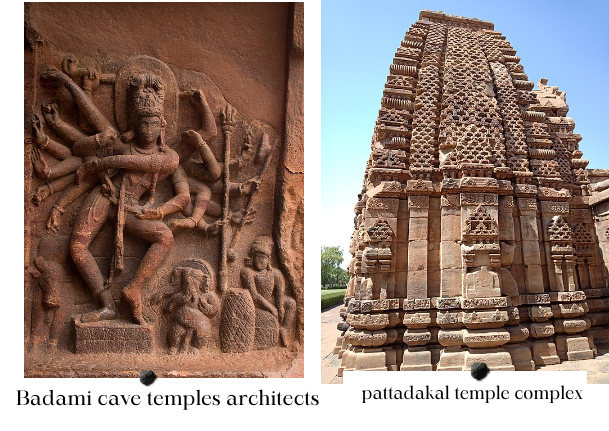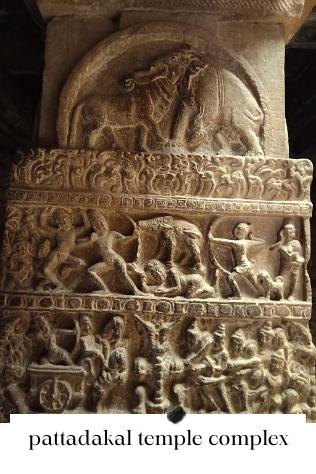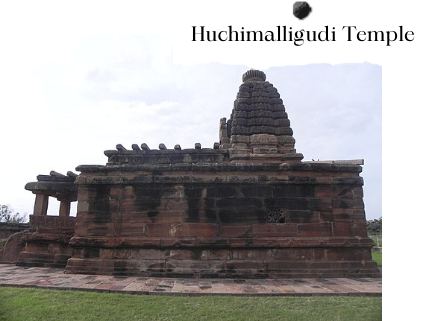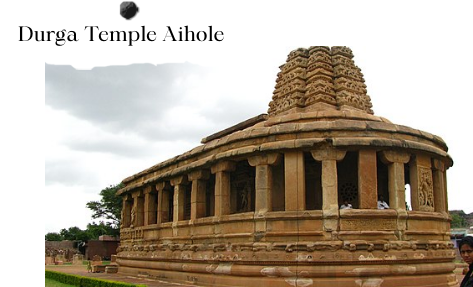Content
[3] C. V. Rangaswami, Government and Administration under the Chalukyas of Badami, PhD Thesis,
Karnataka University, 1969, p. 41.
[4] K. R. Basavaraja, The Administrative System Under The Chalukyas of Kalyana, PhD Thesis,
Karnatak University, 1966, pp. 29-30
[5] Pandurang Vaman Kane, History of Dharmashastra (Ancient and Medieval Religious and Civil
Law) Vol. III, Bhandarkar Oriental Research Institute, Poona, 1946, pp. 17-21.
[6] T. V. Mahalingam, South Indian Polity, University of Madras, 1955, p. 18.
[7] Durga Prasad Dikshit, Political History of the Chalukyas of Badami, Abhinav Publications,
New Delhi, 1958, pp. 197-198
[8] N. Venkataramanayya, The Eastern Calukyas of Vengi, Vedam Venkataraya Sastry & Bros.,
Madras, 1950, p. 279.
[9] C.V. Rangaswami, Administration under the Early Western Chalukyas, Sharda Publishing House,
Delhi, 2015, pp. 31-32.
[10] K. A. Nilakanta Sastri, "The Chaḷukyas of Badami", in Ghulam Yazdani (ed.), The Early
History of the Deccan, Oxford University Press. 1960, p. 209.
[11] Durga Prasad Dikshit, Political History of the Chalukyas of Badami, Abhinav Publications,
New Delhi, 1958, pp. 118-119.
[12] B.R. and M. B. Padma, The Position of Women in Mediaeval Karnataka, University of Mysore,
1993, p. 167.
[13] Durga Prasad Dikshit, Political History of the Chalukyas of Badami, Abhinav Publications,
New Delhi, 1958, p. 199.
[14] G. K. Shrigondekar, Manasollasa of King Somesvara, Vol. II, Oriental Institute, Baroda,
1939, p. 20. & Shiv Shekhar Mishra, Somesvara’s Manasollasa: A Cultural Study, The Chowkhamba
Vidyabhawan, Varanasi, 1966, p. 35-36.
[15] George Buhler, The Vikramankadevacharita. A life of King Vikramaditya Tribhuvanamalla of
Kalyana Composed by his Vidyapati Bilhana, Government Central Book Depot, Bombay, 1875, p.
30.
[16] K. A. Nilkanta Sastri, A History of South India (from Prehistoric Times to the Fall of
Vijayanagar), Oxford University Press, Bombay, 1966, p. 151.
[17] Dhirendra Chandra Ganguly, Eastern Calukyas, Tara Printing Works, Benares, 1937, p.
163.
[18] C. V. Rangaswami, Government and Administration under the Chalukyas of Badami, PhD Thesis,
Karnataka University, 1969, p. 29.
[19] M. N. Joshi, "Social character of Someshvara III", Journal of the Karnataka University:
Humanities, Vol. 29, 1985, pp. 125–126.
[20] P. B. Udgaonkar, Political Institutions & Administration, Motilal Banarsidass, Varanasi,
1986, p. 25.
[21] Ibid, pp. 25-25 & James Campbell, Gazetteer of the Bombay Presidency, Volume 1, Part 2.
Government Central Press, Bombay Presidency, 1896, p. 221.
[22] T. V. Mahalingam, South Indian Polity, University of Madras, 1955, p. 106.
[23] Kadati Reddera Basavaraja, Administration Under the Chalukyas of Kalyana, New Era,
1983.
[24] See, D. A. Shankar (ed.), Veneration to the Elders: Sivakotyacarya's Vaddaradhane, Manohar
2020 & http://komalesha.blogspot.com/2014/11/the-story-of-sukumaraswami-from.html
[25] C.V. Rangaswami, Administration under the Early Western Chalukyas, Sharda Publishing House,
Delhi, 2015.
[26] Dhirendra Chandra Ganguly, Eastern Calukyas, Tara Printing Works, Benares, 1937, p.
162.
[27] Durga Prasad Dikshit, Political History of the Chalukyas of Badami, Abhinav Publications,
New Delhi, 1958, pp. 214-219.
[28] Indian Antiquity, Vol. XIX, p. 303 & A. M. T. Jackson, “A New Chalukya Copper Plate from
Sanjan”, Journal of Bombay Branch of Royal Asiatic Society, Vol. XX, 1902, pp. 40-48.
[29] Dhirendra Chandra Ganguly, Eastern Calukyas, Tara Printing Works, Benares, 1937, p.
163.
[30] C. V. Rangaswami, Government and Administration under the Chalukyas of Badami, PhD Thesis,
Karnataka University, 1969, pp. 115-188.
[31] K. R. Basavaraja, The Administrative System Under The Chalukyas of Kalyana, PhD Thesis,
Karnatak University, 1966, pp. 161-162.
[32] Durga Prasad Dikshit, Political History of the Chalukyas of Badami, Abhinav Publications,
New Delhi, 1958, pp. 221-223.
[33] N. Venkataramanayya, The Eastern Calukyas of Vengi, Vedam Venkataraya Sastry & Bros.,
Madras, 1950, p. 282.
[34] M. Krishna Kumari, Rule of The Chalukya-Cholas in Andhradesa, B.R. Publication Corp., 1985,
p. 134.
[35] C. V. Rangaswami, Government and Administration under the Chalukyas of Badami, PhD Thesis,
Karnataka University, 1969, pp. pp. 267-277.
[36] Krishna Murari, The Caḷukyas of Kalyāṇi, from Circa 973 A.D. to 1200 A.D.: Based Mainly on
Epigraphical Sources, Concept Publishing Company, 1977.
[37] G. K. Shrigondekar, Manasollasa of King Somesvara, Vol. I, Oriental Institute, Baroda,
1925, p. 394.
[38] Durga Prasad Dikshit, Political History of the Chalukyas of Badami, Abhinav Publications,
New Delhi, 1958, pp. 230-232.
[39] Kadati Reddera Basavaraja, Administration Under the Chalukyas of Kalyana, New Era, 1983,
pp. 177-180.
[40] Shiv Shekhar Mishra, Somesvara’s Manasollasa: A Cultural Study, The Chowkhamba Vidyabhawan,
Varanasi, 1966, p.
[41] Durga Prasad Dikshit, Political History of the Chalukyas of Badami, Abhinav Publications,
New Delhi, 1958, pp. 116–118.
[42] M .K. Dhavalikar, “Kailasa — The Stylist Development and Chronology”, Bulletin of the
Deccan College Post-Graduate and Research Institute, Vol. 41, 1981, p. 44.
[43] C. V. Rangaswami, Government and Administration under the Chalukyas of Badami, PhD Thesis,
Karnataka University, 1969, pp. 63-66.
[44] Indumati P. Patil, “The Position of Women during 11th and 12th century (With Special
Reference to Chalukyas of Kalyana)”, Proceedings of the Indian History Congress, Vol. 65, 2004,
pp. 126-130.
[45] Krishna Murari, The Caḷukyas of Kalyaṇi, from circa 973 A.D. to 1200 A.D: Based mainly on
Epigraphical Sources, Concept Publication Co., 1977, p. 52.
Pictures
P4psk, CC BY-SA 4.0 https://creativecommons.org/licenses/by-sa/4.0>, via Wikimedia Commons
Shyamal L., CC BY-SA 4.0 https://creativecommons.org/licenses/by-sa/4.0>, via Wikimedia Commons
Shyamal L., CC BY-SA 4.0 https://creativecommons.org/licenses/by-sa/4.0>, via Wikimedia
Commons
Alende devasia, CC BY-SA 3.0 https://creativecommons.org/licenses/by-sa/3.0>, via Wikimedia
Commons
Shashi.gajare, CC BY-SA 3.0 https://creativecommons.org/licenses/by-sa/3.0>, via Wikimedia
Commons








